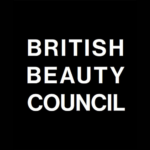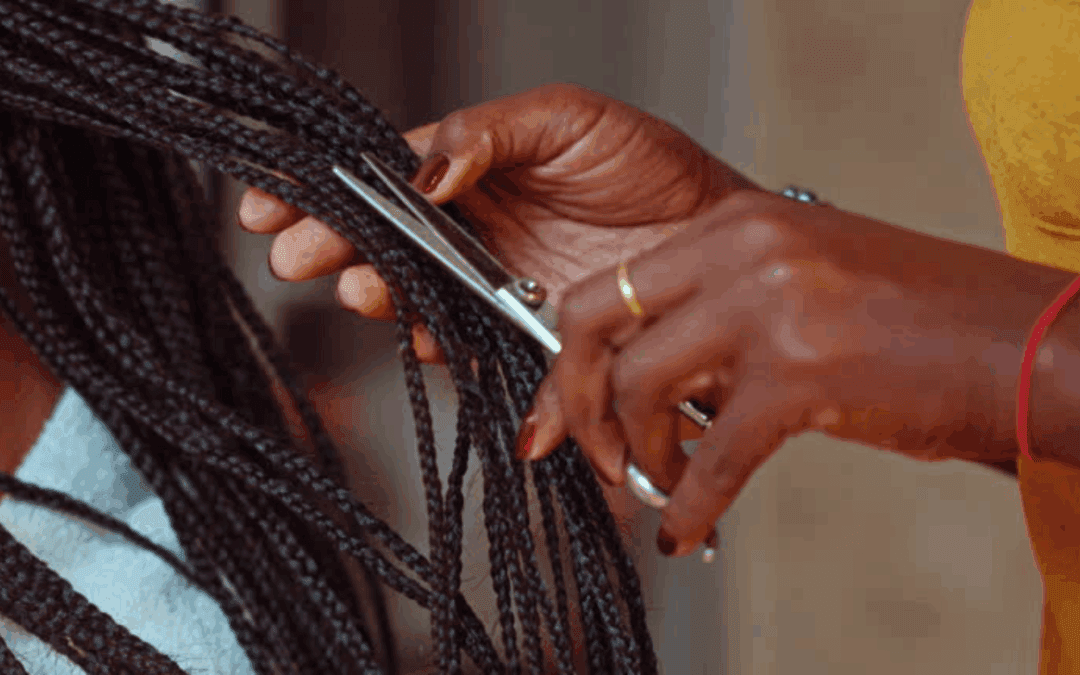The Middle East and North African region’s beauty and personal care market is valued at over $46bn however many brands don’t realise its potential
With its new, urbanised, youth and reliance against the global cost of living crisis, beauty’s potential to grow in the Middle East is exponential.
In its new report, BeautyMatter, uncovers the key growth drivers, routes to success and trends characterising beauty in the territory.
It opens saying: ‘The real opportunity [in the Middle East] is for those who not only view the Middle East as a critical market for selling their products and services but for those who engage in the region, supporting the visionaries and innovative entrepreneurs co-creating the region’s future.
‘The blending of tradition and transformation, demographic shifts, cultural influences, and technological innovation are converging to make the region a global player ripe with opportunity.’
Here are the key takeaways you need to invigorate your expansion into the territory.
First, love of beauty in the Middle East is not just skin-deep. In fact it is centuries old, with many people considering the region as ‘the birthplace of beauty.’
Everyday favourites of our makeup routines can be traced to the Middle East, with archeologists in Iran recently discovering what is thought to be the earliest example of lipstick.
The artefact found, a red paste used for colouring lips, is believed to be nearly 4,000 years old. This discovery speaks to a history of rituals and treatments that span generations, and holds resonance today.
Kohl, shea butter, rosewater, sugaring wax, perfume and scented oils; all still used by consumers on a global scale, and often without knowing their centuries-old roots.
But, the beauty market in the Middle East does not focus upon the past. It is hurtling to stratospheric new heights. The beauty and personal care market in the Middle East and North Africa (MENA) region is currently worth over $46 billion, and estimated to reach $60 billion by 2025.
Driving this growth? The new, future-facing generations. The Middle East holds the highest global consumer spending on makeup and skincare, but it is particularly the increasing demand of young consumers that propels the beauty scene.
The Middle East’s younger demographic are its highest spenders, as found in Saudi Arabia and UAE, and their inherited love of beauty has evolved. They belong to a generation that spends significantly more on makeup, seeks out new, exciting products, and keeps the beauty market on its toes.
This growing importance of young consumers in the region gives space for brands to cater to their concerns. Questions of affordability in beauty pave the way for businesses who champion price-sensitive products, whilst the rise of ‘sustainability-savvy Gen Z consumers’ presents an exciting opportunity for planet-friendly beauty lovers.
In fact, the report highlights that the environment is a priority for many consumers, with the MENA region at severe risk to the effects of climate change. 41% of UAE consumers express their preference for products that support sustainable living, as do 36.5% of Saudi Arabia consumers.
Some things don’t change, though. Whilst other global beauty markets (including the UK) have faced the rise of e-commerce, and the decline of in-person shopping, the report claims that ‘bricks and mortar still comes out on top’ in the Middle East region.
This difference is explained by Lebanese-Iraqi architect Karl Sharro, who sees a parallel between the traditional souqs (a large market or bazaar) and the modern mall, describing how: ‘Going to the mall, like going the souq, is not purely a matter of utility; it is a way to meet other people.’
So, before considering – or furthering – your expansion into the Middle East: consider the importance of heritage and history to the consumers, remember to give the youth their due (that’s where the money is), and pivot to experiential bricks and mortar.
You can download the full report here. If you want to find out more about trading in the Middle East, visit the British Beauty Council’s Trade Hub.




